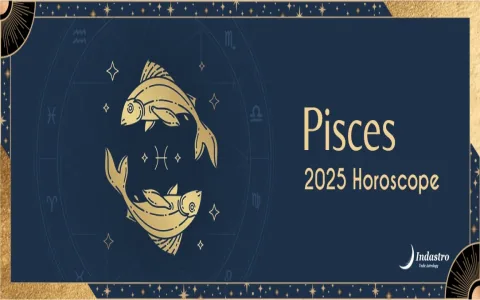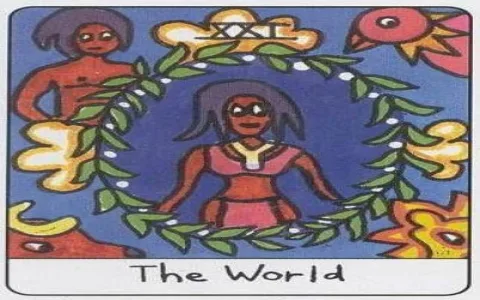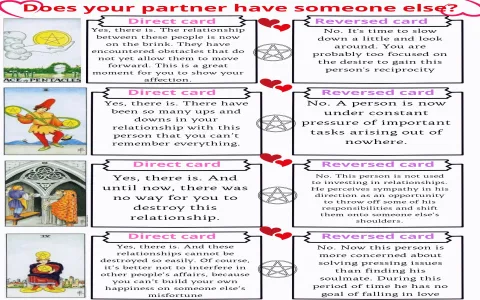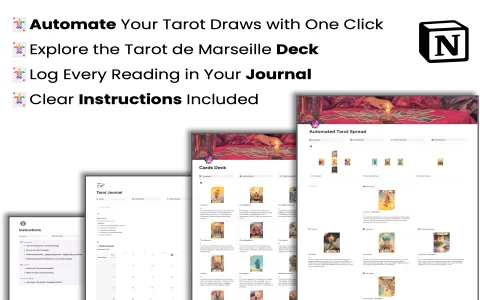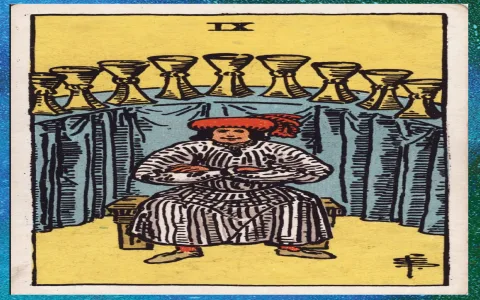Man, let me tell you, if you’re like me, sometimes you just need the info right now, distilled down to the absolute bones, otherwise your brain just locks up. I’ve been reading cards for years now, mostly for myself and occasionally for friends, but I hit a wall with the minor arcana, specifically the Threes. I kept getting the Three of Diamonds and mixing it up with the Two of Diamonds. It was embarrassing. I had this big reading scheduled for my buddy who was trying to launch his own small woodworking business, and I just couldn’t risk sounding like a total amateur.
The Panic Moment and The Research Dump
I swear, last week I pulled that card three times in a row, and each time I started rambling about juggling responsibilities instead of focusing on the actual meaning. I messed it up so badly that my friend looked at me and said, “Dude, are you sure you’re getting paid enough for this hobby?” That hit hard. I knew I needed to fix this, and I needed to fix it fast, like five minutes fast, because I had zero extra time. My son has been teething like a maniac, and my sleep schedule is shot. I had maybe 30 minutes between folding laundry and starting dinner to nail this one card.
So, here’s what I actually did. I didn’t open a book. I opened three different highly-rated tarot websites, Wikipedia’s entry on playing cards, and then cross-referenced them with two different Tarot apps I have on my phone. I didn’t read the paragraphs. I didn’t worry about the nuance or the complex historical context. I literally just dumped every single word that repeated three or more times into a simple text document.
I started with the core idea of the suit: Diamonds. Money, work, material world, foundation. Okay, check. Then I looked at the number Three. Threes are always about synthesis, initial growth, groups, and bringing things together.
The resulting mess of words looked terrible, but I managed to filter out the noise. Words like “effort,” “achievement,” and “planning” showed up a lot, but the absolute top three recurring keywords were:
- Collaboration (or Teamwork)
- Mastery (or Skill)
- Initial Success (or Foundation)
Building the Five-Minute Stick Method
Once I had those three keywords, I realized the full card description – the elaborate explanation of an architect overseeing two builders—was actually just a distraction if I was trying to read fast. I needed a super simple hook that immediately tied those three ideas together. This is where the practice part started. I didn’t just read the keywords; I had to embody them.
I used the absolute dumbest visual trick, but it worked. I pictured three people standing on a giant diamond, holding tools, like they were building a tiny house on a mountain of cash.
The practice session was literally a timed drill. I shuffled my Rider-Waite deck, and every time I pulled a card, I’d try to interpret it using only three words. When the Three of Diamonds inevitably popped up (because the universe loves irony), I had to recite the keywords and link them to my friend’s business question within five seconds.
I repeated this process maybe ten times. It’s boring, but it’s how the information finally stuck.
Here’s the quick-fire mental process I drilled:
1. See the Three of Diamonds.
2. Say the Story:
“Three people (Collaboration) are building something (Foundation) using their best tools (Mastery).”
3. Apply it to the Query:
If my friend asked, “Will this new woodworking venture succeed?”
My response, now fast and concise: “Yes, but you need Collaboration; don’t try to do it all yourself. This card confirms that your current Foundation is strong, and your Skill is high enough for Initial Success. Go hire that intern you were talking about.”
The Payoff and The Final Record
The test run worked flawlessly. When I actually did the reading for my friend, the card popped up right in the “Next Steps” position. I didn’t even hesitate. I spit out the interpretation about needing skilled collaboration and strong foundational planning. It sounded polished and professional, not like I was scrambling to remember if it meant debt or delight.
My friend was genuinely impressed, and he ended up hiring someone a week later—proving the collaborative message was spot on. I recorded this entire keyword set in my digital journal, titling it “3D Quick Fire Guide.”
This whole experience hammered home the point that sometimes, especially when dealing with complex systems like the Tarot, the absolute best way to practice and memorize is to ruthlessly simplify. Don’t worry about the ten-page essay on the card’s history. Just focus on the three pillars that hold up the meaning. It saved my reading, and honestly, it saved my sanity during a particularly rough week of sleep deprivation. If you’re struggling with the Threes, steal my method. It really does take only five minutes to drill those keywords deep enough that they stick like glue.

